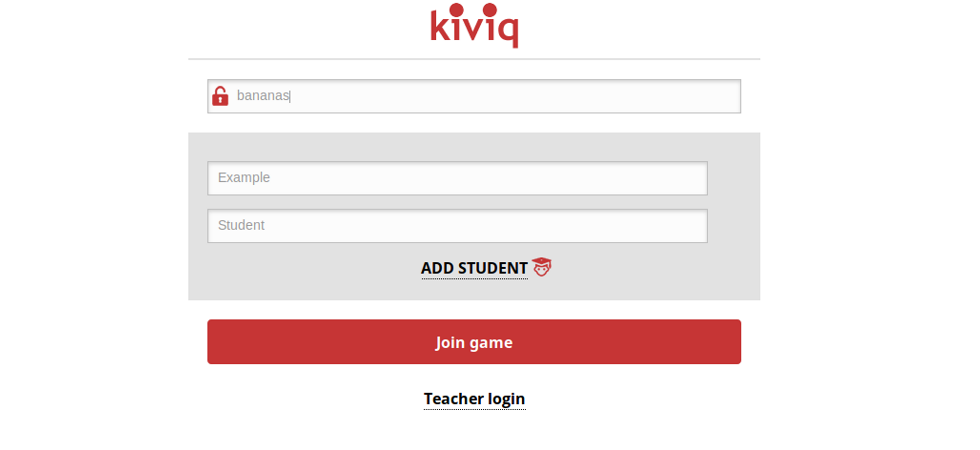1
1
Understand economics by seeing the market.
Experiments bring theory to life for your students by putting them into the action and then letting them see the outcome of their interactions.
-
 «I know nothing that can be best taught by lectures, except where (by) experiments are to be shewn.»
«I know nothing that can be best taught by lectures, except where (by) experiments are to be shewn.»
2
2
Convenient
Students can play using any any web browser, iOS, or Android device.
Fast
Experiments are designed to be played in as little as five minutes.
Free
There is no cost to you or your students.
3
3
Our games
Bargaining
And with more games on the way, you’ll never be without new and exciting pedagogical tools to enhance your classroom experience!

5
5
Double Auction Experiment Tour
6
6
Supporters






